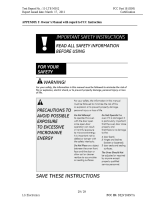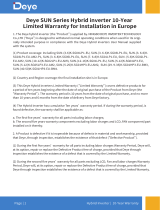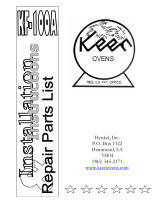Miller GA-16C1, GOLD SEAL MODEL 5000, KD398640 Owner's manual
-
Hello! I am an AI chatbot trained to assist you with the Miller GA-16C1 Owner's manual. I’ve already reviewed the document and can help you find the information you need or explain it in simple terms. Just ask your questions, and providing more details will help me assist you more effectively!























